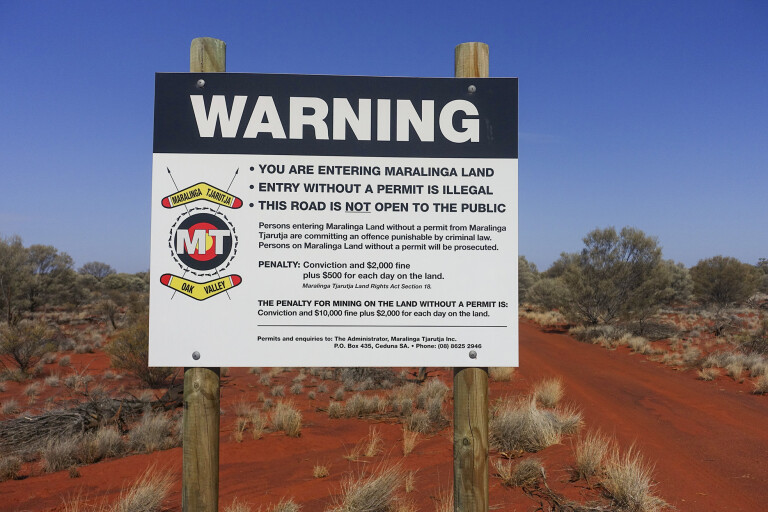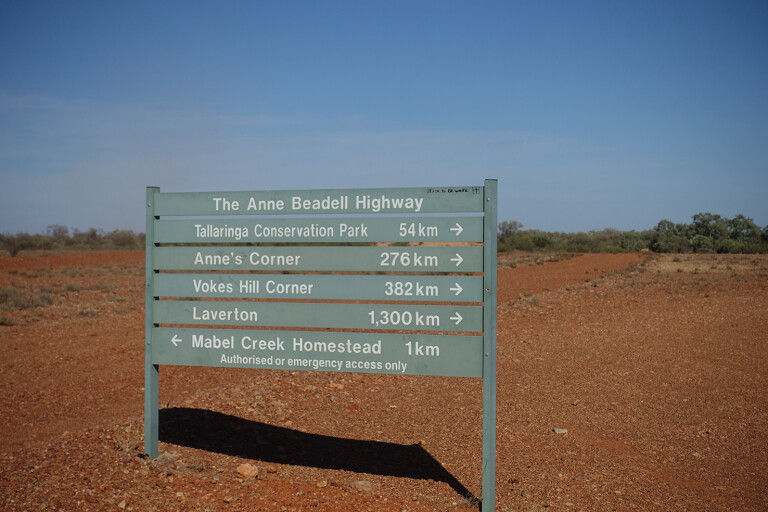
I have just been jumping through the hoops of applying for permits to drive the Anne Beadell Highway, that legendary outback road first established by the great Len Beadell and his Gunbarrel Road Construction Party back in the 1950s.
To travel the highway’s full length, you need at least five permits from different Aboriginal groups and government departments. The first and arguably the most important permit is the one from the Maralinga Tjarutja Traditional Owners, based, as far as the permit is concerned, in Ceduna, South Australia.
This will set you back $25 per vehicle and needs to be paid and applied for some weeks in advance. On the Western Australian side of the border, there are a couple of permits required and these are easily applied for online. These are issued free of charge by the Ngaanyatjarra Warburton Council.

Then, back in SA, there is the Woomera Prohibited Area, which for the sake of the Anne Beadell is the Defence Area 2 Zone, which can be closed off for up to 70 days a year; not that I’ve ever seen it closed for that length of time. You need to apply for this permit some weeks in advance and it’s issued free of charge as long as the Zone 2 is not closed for some military or clandestine purpose.
National Parks SA gets its piece of the pie with a transit permit required for the Tallaringa Conservation Park. These cost $12 per vehicle and can be applied for online. However, I reckon it stinks we have to pay for a national park permit to travel a road that was already there well before the park was established.
Is such a fee even legal? If you want to camp in Tallaringa or the Mamungari CP you need to apply for a camping permit, the former from Parks SA while the latter is from the Maralinga Tjarutja Traditional Owners. The cost is just 10 or 12 bucks in each case and, I guess, in these times, a camping fee is acceptable.
"In some cases the idea of a permit is becoming increasingly stupid"
After all this, I’m thinking the Anne Beadell is an extreme example of the bureaucracy that now surrounds access to many areas of Australia.
I know there are many areas where travellers who want to get off the beaten track have to apply for a permit to travel a particular road or access a certain area within declared Aboriginal land or national park-controlled areas. There are also many areas within the vast Aboriginal and national park lands that have been closed off permanently, which is a real travesty. However, in some cases the idea of a permit – or permits – is becoming increasingly stupid.
In the case of the Great Central Road, which cuts across the vastness of the Australian Outback from north of Kalgoorlie in WA to Mt Isa in western Queensland – and is now being upgraded and bitumised as a major link in the national road network – the idea of having to apply for a number of permits slaps at the absurd. Yes, it’s a relatively easy permit to apply for online, but should there even be a requirement for a permit to travel this major road in this day and age?
This was brought to light for me after a recent trip to the USA, having travelled through a number of declared Indian Reservations. For instance, the Northern Cheyenne Indian Reservation in Montana covers some 1800km² and there is no requirement for a permit of any sort. Likewise, while travelling through Canada and in to the Inuit region of the Northwest Territories and farther afield, there are again no permits required for visitors.
In Africa, when you enter the Zulu tribal lands of South Africa or the Maasai tribal lands of Kenya and Tanzania, there is no requirement for any permit of any sort. And I’m a visitor from another country … but I’m denied the same sort of easy access in my own country!
Does this make sense in today’s modern age of travel and tourism? I think not!

COMMENTS